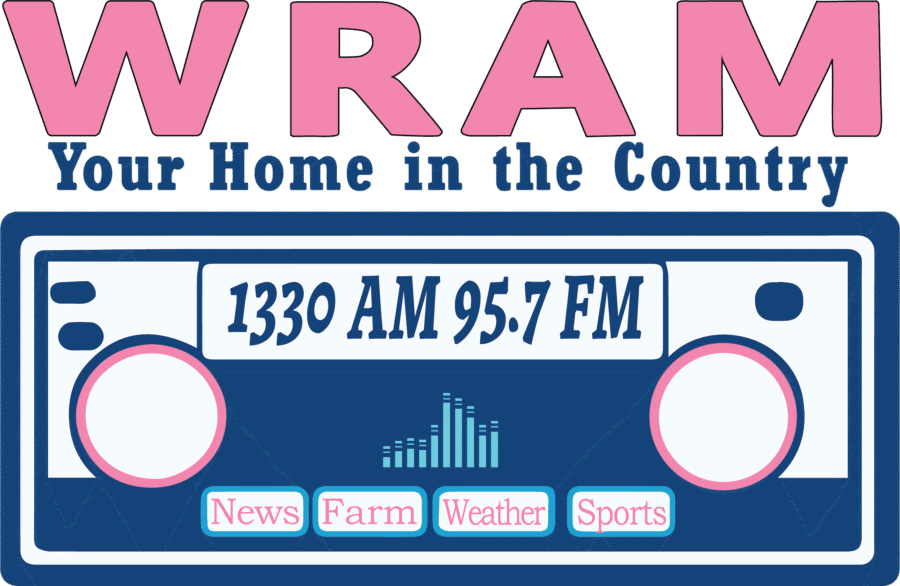Overall, grocery prices are up nearly 25% since the onset of the COVID-19 pandemic, though certain items have seen even more significant upticks. This upward trend in food costs is particularly concerning for families on tight budgets, as food expenses represent a non-negotiable necessity.
Groceries account for the largest share of individual spending in a number of states where income is relatively low, or where grocery prices are especially high. However, even in regions where grocery spending constitutes a smaller portion of income, consumers still find themselves grappling with significant weekly food bills. In 37 states, consumers report weekly household grocery expenditures exceeding $250 on average.
Researchers calculated the share of total consumer spending allocated to groceries for each state, then ranked states accordingly. The full report also includes a complete breakdown of price increases for nearly 40 popular grocery store items since March 2020.
Here are the key takeaways from the report for Illinois:
- The average Illinois household spends $269 on groceries each week.
- On average, grocery spending represents 7.4% of Illinois residents’ total consumer spending.
- Overall, Illinois residents dedicate the 8th smallest percentage of total consumer spending to groceries of any U.S. state.

Here is a link to the complete results of the analysis with data on all 50 U.S. states, as well as price changes for the most popular grocery store items. And here is a snapshot of the data table included in the full report, looking at the 15 states where residents spend the most on groceries:
| State | Rank | Grocery share of total consumer spending | Weekly grocery spending (all households) | Weekly grocery spending (1-person households) | Weekly grocery spending (2-person households) | Weekly grocery spending (3-person households) | Weekly grocery spending (4-person households) | Weekly grocery spending (5-person households) |
|---|---|---|---|---|---|---|---|---|
| Mississippi | 1 | 9.8% | $291 | $190 | $216 | $275 | $366 | $373 |
| Hawaii | 2 | 9.7% | $334 | $199 | $262 | $317 | $403 | $408 |
| Kansas | 3 | 9.5% | $251 | $146 | $202 | $278 | $276 | $387 |
| West Virginia | 4 | 9.3% | $239 | $161 | $221 | $242 | $269 | $296 |
| Kentucky | 5 | 9.2% | $255 | $152 | $221 | $239 | $311 | $314 |
| Maine | 6 | 9.2% | $250 | $124 | $217 | $240 | $317 | $423 |
| Montana | 7 | 9.2% | $246 | $145 | $195 | $278 | $318 | $313 |
| Oregon | 8 | 9.2% | $249 | $145 | $222 | $231 | $313 | $323 |
| New Mexico | 9 | 9.1% | $286 | $167 | $251 | $273 | $339 | $407 |
| Wyoming | 10 | 9.1% | $254 | $150 | $221 | $252 | $325 | $372 |
| South Carolina | 11 | 9.1% | $254 | $164 | $228 | $260 | $275 | $323 |
| Georgia | 12 | 9.0% | $278 | $170 | $214 | $303 | $327 | $312 |
| Vermont | 13 | 8.9% | $249 | $131 | $220 | $290 | $292 | $313 |
| Alabama | 14 | 8.7% | $272 | $148 | $224 | $323 | $322 | $320 |
| Nevada | 15 | 8.7% | $295 | $156 | $247 | $269 | $348 | $400 |
| United States | – | 8.0% | $270 | $156 | $221 | $273 | $315 | $346 |
Original report can be found here: Grocery Store Items That Have Increased Most in Price (traceone.com)






